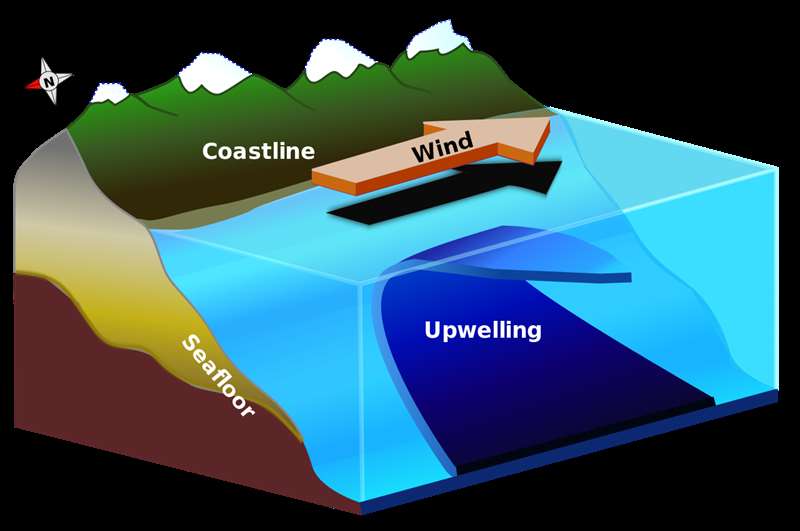Surf Science: Cold Water in Costa Rica?
I’ve had a handful of surf sessions this past Summer (Dec – March) that had me shivering. And not just a “this isn’t so bad” shivering, I’m talking about teeth chattering, lips turning blue, nipples hard enough to cut glass, type of shivering. As my mind wanders between waves, I can’t believe that I am surfing in this tropical paradise only 10 degrees latitude away from the equator while still freezing my huevos off!
How is it possible that the water can go from a bathlike 85 degrees Fahrenheit to a chilly 65 overnight? A more complex explanation would take us deep into the world of hydro and thermodynamics, but that is a little further than my saltwater brain is willing to go right now.
The simple answer can be explained by the phenomenon of upwelling. Imagine this: If there was no wind, our ocean layers would be heated very uniformly— warmest at the top where the most sunlight hits, and cooler as you increase depth. But once you add surface wind into the mix, our perfectly layered package starts to lose its normalization.
According to the National Oceanic and Atmospheric Administration (NOAA), when the surface wind blows strongly from land to sea, warm surface waters are pushed offshore and water is drawn from below to replace the water that has been moved away.
The upward movement of this deep, colder water is called upwelling. Instead of the water temperature dropping 20 degrees, the water is simply replaced by water 20 degrees cooler. And as we learned previously in the article focusing on the Papagayo winds, the strong offshore breezes between December and March is the culprit behind the phenomenon in Northern Costa Rica.
Not only is the replaced water much cooler, it is also nutrient-rich. The Costa Rica Thermal Dome is an area of water located directly off the coast of Northern Costa Rica and Southern Nicaragua. Cooler waters from lower depths are rich in nutrients like nitrate and phosphate. As the cooler water rises to the surface, the phytoplankton concentration increases exponentially, thus generating a great concentration of fish, marine mammals, and other organisms. Interestingly enough, the connectivity between habitats in the the coastal areas in Central America is critical for migratory species such as sharks, cetaceans, rays, billfish, and sea turtles.
It’s a fair trade overall. I can deal with some cold water if that means offshore winds and an all-day surf session. I’d rather be shivering all day doing what I love than watching the wind switch onshore at 8am.


